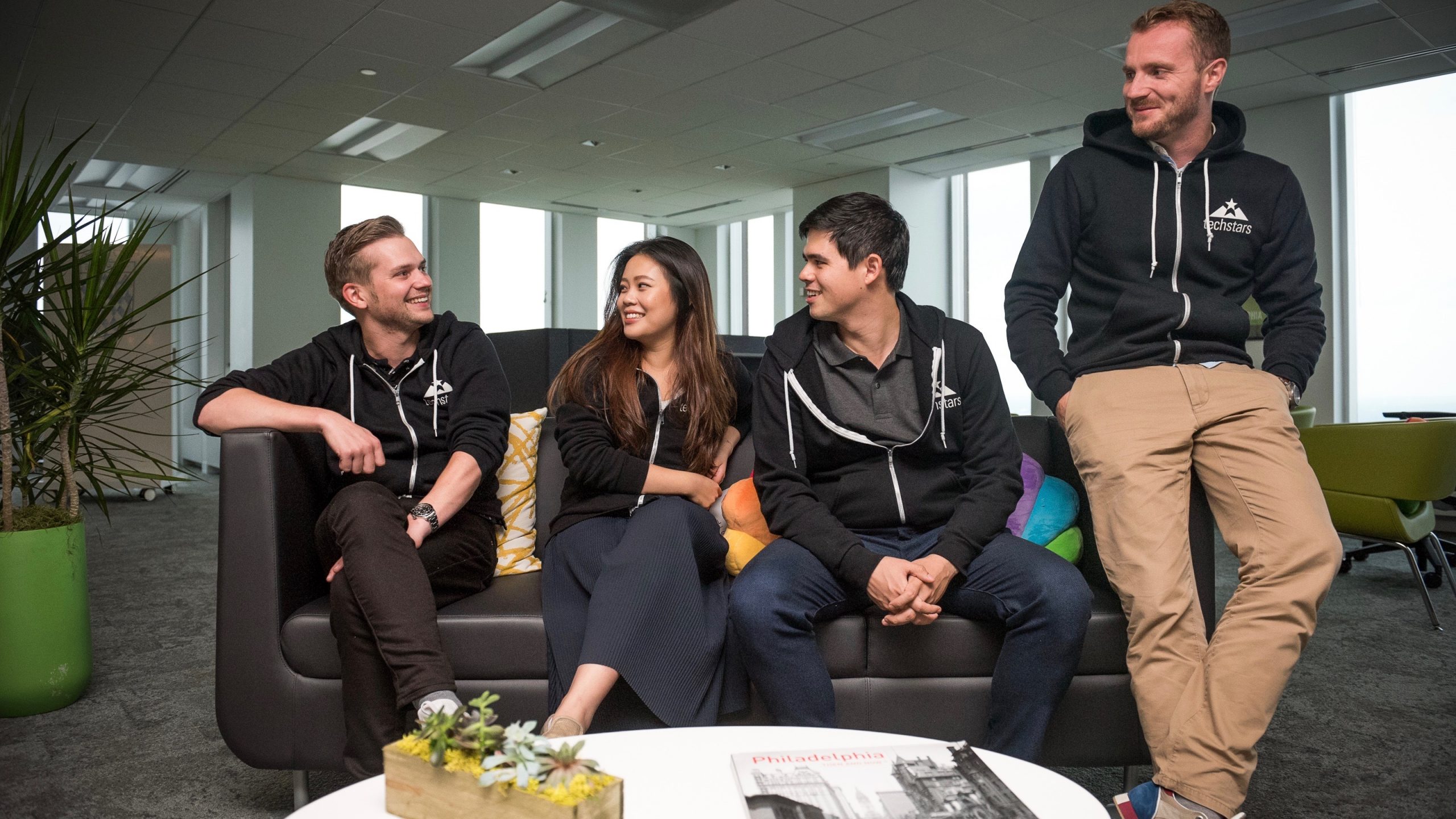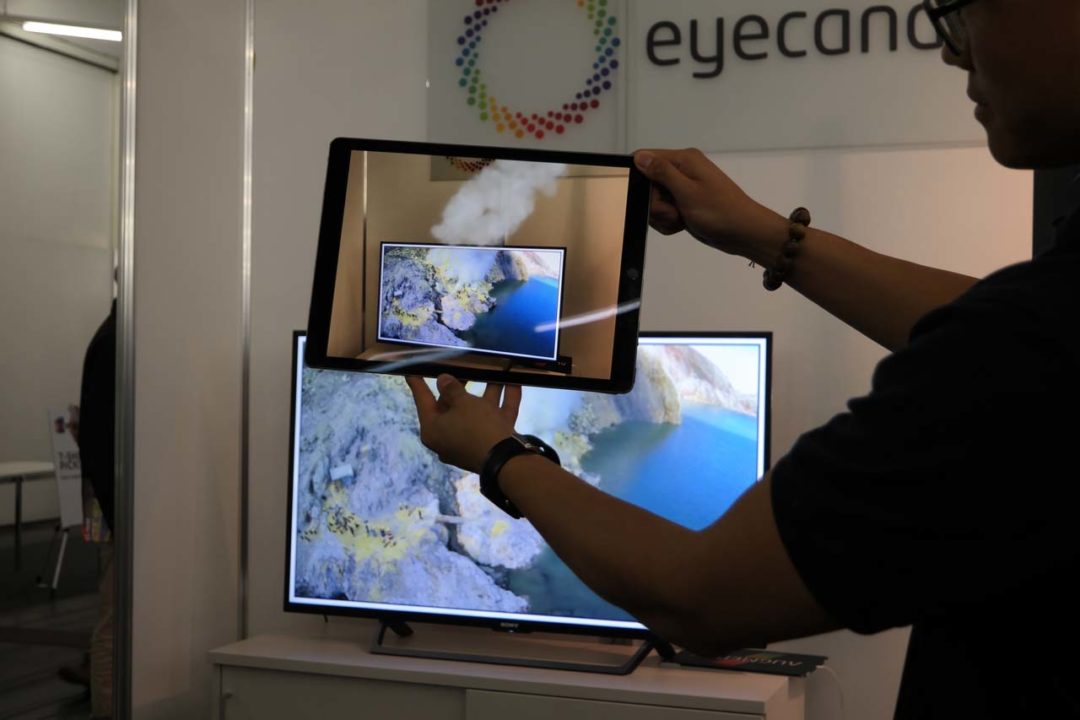
This series highlights each company in the 2018 class of the Comcast NBCUniversal Accelerator, powered by Techstars. The program kicked off in July and includes 10 companies from around the world building media, entertainment and connectivity companies.
Gone are the days when the TV viewer was just a passive observer. More and more, people want an active experience: Netflix allows you to watch any show, anytime on any device, the Comcast X1 Sports app allows you to check stats on your TV while watching a ballgame, and Twitter is where you can see what people are saying about the game.
Now, eyecandylab, founded by Robin Sho Moser, Sascha Ahmann and Tom Orzikowski, gives content creators the ability to use augmented reality to bring immersive and interactive experiences to video.
For Nickelodeon’s Kids Choice Sports 2018 awards, eyecandylab provided the technology for an AR experience so that kids using the Nickelodeon Screens Up app could see slime, characters, and other in-your-face surprises seep out of their TV and into their living room.
“TV networks around the world are facing the same problem of declining viewership,” said Moser. “This is why eyecandylab is a great offering for broadcasters. They can make their shows more attractive to viewers by offering these interactive features to drive engagement. The TV networks using our technology are seeing great audience engagement and retention.”
The Germany-based company traveled all the way to Philadelphia to join the Comcast NBCUniversal LIFT Labs Accelerator, Powered by Techstars. The program is offering eyecandylab valuable mentorship on entrepreneurship and key contacts in the entertainment space.
VR is Cool, But AR is the Future
These days, while virtual reality means putting on glasses or a helmet and escaping into a totally different world, augmented reality overlays computer-generated imagery on to real-life settings. As the surrounding is still “real,” AR feels more natural to engage with than VR.

In addition to offering a value-add media content experience, this growing technology vertical can generate more engaging advertisements. Imagine watching a soccer match and seeing a soda can floating around on the side of your TV screen. Using AR, you can place the branded can on your coffee table, take selfies with it, upload those photos to Instagram, etc. That could mean engaging, organic marketing for the advertiser, which can be seamlessly tracked.
For now, eyecandylab users view their AR experiences through pointing their phones or tablets (mobile AR) at their TV screens. But in the not-so-distant future, when AR headsets or glasses are ubiquitous, the company will be ready to serve those emerging form factors.
“Every household in the world has a TV and a smartphone or tablet,” Moser said. “We’re leveraging the infrastructure that’s already there” while planning ahead for when wearables will change the way we interact with and consume media.
Moser was the founder of a digital marketing firm Open the Door and Cheesecake, as well as a customer-success manager at Lufthansa and a digital marketer at Audi. A year-and-a-half ago, he co-founded eyecandylab and has spent most of the time in the US developing relationships with national TV networks and strategic partners.
For Moser, entrepreneurship is a gamble worth taking. “It takes an appetite for risk to start new things. We don’t definitively know how the AR market is going to develop in the future,” he said. “But the reward is potentially really big, and we’re excited to offer a way for AR to change how people watch and interact with TV and video content.”
